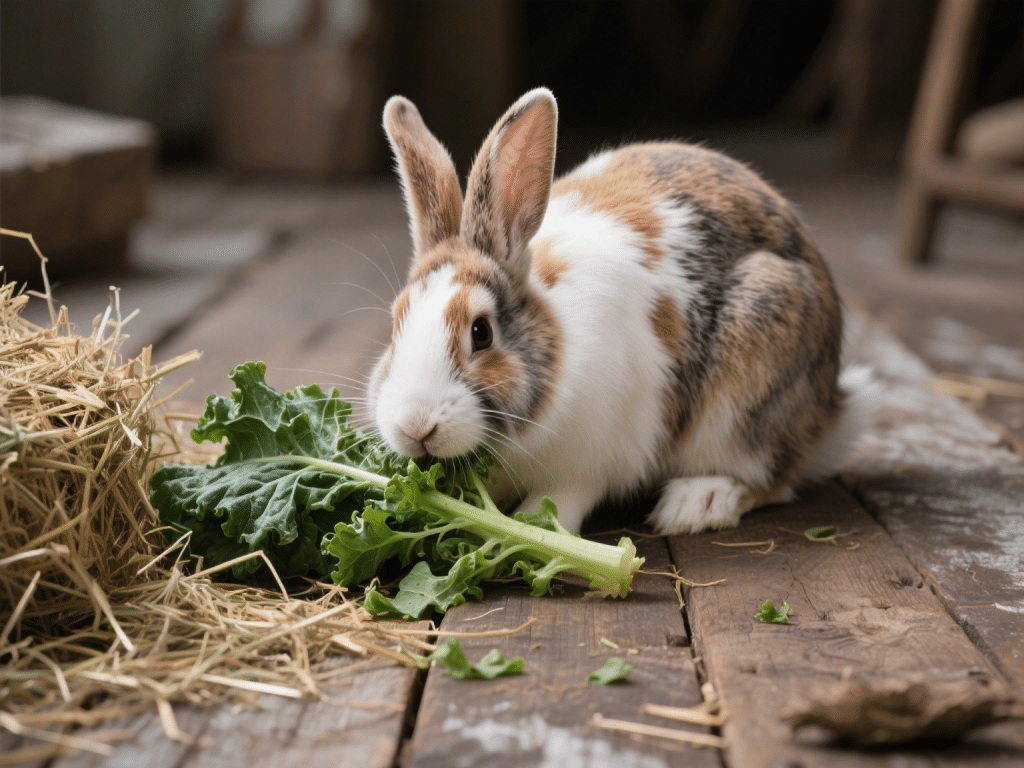Safe Ways to Introduce Your Cat to the Outdoors
Safe Ways to Introduce Your Cat to the Outdoors
Introduction
Transitioning a house cat to the outdoors can be beneficial for both physical and mental well-being. However, a sudden, unsupervised release into the yard risks stress, injury, or even loss. This guide outlines a structured, gradual approach to help you introduce your cat safely to the outdoor environment. By following these steps, you’ll minimize anxiety, protect your pet from common hazards, and build their confidence over time.
Understanding Feline Behavior
Before beginning outdoor excursions, observe your cat’s personality and comfort level:
Indoor Habits
Some cats are naturally curious and confident, while others may be timid or anxious. A confident, well-socialized cat may adapt more quickly; shy cats require additional patience and encouragement.Territorial Instincts
Cats view indoor space as “safe territory.” Introducing new smells, sounds, and sights gradually helps ensure they don’t feel overwhelmed or threatened.Predatory Drives
Outdoor environments stimulate hunting instincts. Monitor your cat’s focus on birds or insects to prevent chasing into unsafe areas, such as roads or gardens with toxic plants.
Understanding these tendencies lets you tailor each stage of outdoor introduction to your cat’s unique temperament.
Benefits and Risks of Outdoor Exposure
Benefits
Mental Stimulation
Outdoor exploration provides diverse sights, sounds, and smells that enrich a cat’s daily routine.Physical Exercise
Leash walking, climbing small obstacles, and exploring terrain encourage muscle tone and cardiovascular health.Reduced Boredom Behaviors
Access to fresh air and natural stimuli reduces compulsive behaviors like excessive scratching or over-grooming.
Risks
Traffic and Vehicle Hazards
Unsupervised cats often become victims of traffic accidents.Predators and Aggressive Animals
Dogs, crows, or larger wildlife can injure a cat unfamiliar with defensive behaviors outside.Parasites and Disease
Exposure to ticks, fleas, and infectious agents (e.g., feline leukemia virus) increases without preventive measures.Environmental Toxins
Common plants (e.g., lilies, azaleas) and garden chemicals (pesticides, fertilizers) can be toxic if ingested.
Balancing these benefits and risks is crucial. Use preventive strategies—vaccination, flea/tick control, identification tags—to safeguard your cat as you move forward.
Preparing Your Cat for Outdoor Exploration
1. Veterinary Check-Up
Vaccinations and Preventives
Ensure core vaccines (FVRCP, rabies) are up to date. Discuss heartworm, flea, and tick prevention with your veterinarian.Microchipping
A microchip offers permanent identification if your cat wanders beyond supervision.General Health Assessment
Rule out mobility issues, dental problems, or underlying conditions before increasing physical activity.
2. Choosing Appropriate Gear
Harness and Leash
Select a well-fitted, escape-resistant harness (figure-eight or vest style). Avoid attaching a leash to a collar, as cats can slip free.Breakaway Collar with ID Tag
Even when on a harness, a breakaway collar with up-to-date contact information adds an extra safety net.Reflective Gear
If early morning or late evening outings are planned, attach a small reflective tag or LED light for visibility.
3. Safe Outdoor Space
Enclosed Yard or Catio
If available, an enclosed catio (cat patio) or a fully fenced yard prevents escapes while allowing freer movement.Quiet, Low-Traffic Areas
Choose calm, secure locations away from busy streets. Familiar scents (e.g., near the garage) help your cat feel more comfortable.
Step-by-Step Outdoor Introduction
Use a patient, gradual approach. Each phase may take days or weeks depending on your cat’s confidence.
Phase 1: Indoor Leash Training
Acclimate to Harness Indoors
Allow your cat to sniff the harness. Reward with treats and praise.
Gently drape the harness over the shoulders for a minute or two, then remove. Repeat daily.
Once comfortable, secure the harness fully. Let your cat move freely indoors while wearing it.
Attach the Leash
Clip the leash and let it drag behind your cat under supervision. This helps them adjust to the slight weight.
After a few supervised “drag” sessions, hold the leash and follow your cat around the room, allowing them to lead the direction and pace.
Phase 2: Short Leashed Visits Near an Entrance
Open Door Sessions
With the harness and leash on, stand just outside your entry door without stepping onto the porch. Let your cat feel a small breeze; reward any calm behavior.
Keep sessions brief (3–5 minutes). Praise and offer treats when your cat shows curiosity without panic.
Step onto a Porch or Patio
Once poised at the threshold, take one or two steps outside with your cat following. Allow them to sniff concrete or grass. Watch for flattened ears, dilated pupils, or crouching—signs of stress. If stressed, retreat indoors and try again later.
Phase 3: Exploring a Secured Outdoor Area
Choose a Safe Spot
A fenced garden or quiet backyard away from traffic noise.
Keep initial sessions under 10 minutes, gradually increasing to 15–20 minutes.
Follow Their Lead
Let your cat choose which spot to investigate. Use a calm tone to encourage exploration.
Offer treats or play with a toy to create positive associations.
Phase 4: Supervised Free Roaming (Optional)
Fenced Perimeter Only
If you trust your yard’s perimeter fence, detach the leash but supervise closely.
Ensure no gaps or holes where your cat might slip through.
Regularly Check Boundaries
Inspect the fence monthly for damage or weak points.
Reattach the leash immediately if your cat tries to climb or squeeze under the fence.
Monitoring Body Language
Understanding signs of stress or comfort helps determine when to pause or advance stages:
Relaxed Posture
Ears forward, tail gently swaying or upright—inquisitive and confident.Signs of Anxiety
Flattened ears, rapid tail flicking, crouching low, wide eyes—indicates discomfort. Pause, retreat indoors, and try again when your cat is calm.Playful Behaviors
Pouncing on leaves, rolling on the grass—positive indicators that your cat enjoys the environment.
Respect your cat’s pace; forcing progress can lead to fear and create setbacks.
Safety Precautions and Ongoing Care
1. Weather Considerations
Temperature
Avoid extremes. Hot pavement can burn paw pads; cold or wet conditions may stress your cat.Sun Protection
Some light-colored or thin-furred cats are sensitive to sunburn. Provide shaded areas during midday.
2. Preventing Parasites and Disease
Regular Flea and Tick Control
Choose a veterinarian-recommended topical or oral medication suited for outdoor cats.Annual Health Checks
Continue yearly or biannual veterinary visits to screen for common outdoor pathogens.
3. Predators and Wildlife
Birds of Prey
Hawks or owls can pose a risk, especially for smaller cats. Keep outings during daylight hours.Stray Dogs or Raccoons
Supervise closely if neighborhood animals are known to roam near your property.
4. Toxic Plants and Substances
Garden Chemicals
Store fertilizers, pesticides, and herbicides locked away.Toxic Flora
Research local plants. Lilies, azaleas, and certain ornamental shrubs can cause severe kidney failure or gastrointestinal upset if ingested.
5. Emergency Protocols
First-Aid Kit
Keep a basic feline first-aid kit on hand: gauze, antiseptic wipes, tweezers, and a towel to immobilize an injured cat.Emergency Contacts
Post-drive the phone number and address of the nearest 24-hour veterinary clinic near your entryway.
Troubleshooting Common Challenges
Fear and Reluctance
Solution: Keep all sessions brief (under five minutes). Use calming pheromone sprays (e.g., Feliway) near the door. Reward small steps toward the door with high-value treats.
Overexcitement or Stalking Behavior
Solution: Redirect focus with toys (feather wands) rather than letting them chase wild birds. If the cat fixates, reel them back indoors before frustration sets in.
Attempting to Bolt
Solution: Practice recall training indoors first. Call your cat by name, reward with treats, and praise when they approach. Transfer this to a fenced yard before leash removal.
Regression After Progress
Solution: Revisit the previous successful phase. If your cat seems stressed, it’s okay to spend additional sessions building confidence at an earlier stage.
Long-Term Outdoor Integration
Establish a Routine
Consistency—same time each day—helps your cat anticipate and feel secure about outdoor adventures.Rotate Exploration Spots
Introduce new, safe areas (e.g., quiet side yard, screened balcony) to prevent boredom.Interactive Play Outdoors
Bring familiar toys (laser pointer, small ball) outside to reinforce positive experiences.Build Vertical Spaces
Add cat-safe outdoor climbing structures (cat trees, shelves) to encourage exercise and vantage points.
By integrating outdoor stimuli gradually and intentionally, your cat will enjoy safe, enriching adventures without undue stress or risk.
Conclusion
Introducing a cat to the outdoors demands patience, observation, and preparation. Begin with indoor leash training, progress to short, supervised outings, and gradually increase exposure in secure environments. Monitor body language to ensure your cat remains comfortable, and implement safety measures (vaccinations, parasite control, secure boundaries) to protect against common hazards. Address setbacks calmly by revisiting earlier steps. With a structured approach, your feline companion can reap the benefits of fresh air, exercise, and mental enrichment, while you gain peace of mind knowing they are safe and confident.
By following these guidelines, you’ll create a positive, stress-free pathway for your cat to explore the world beyond the living room—one step at a time.






Comments on "Safe Ways to Introduce Your Cat to the Outdoors" :